Denmark is one among the first European countries where bioenergy is the most widely used source of renewable energy and whose large power plants has started shifting from fossil fuels to solid biomass. Taking into account the said above and the rapid growing of biogas production too, the bioenergy plays now a key role in the transition to "green" energy.
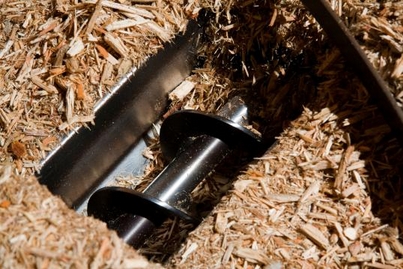 Bioenergy consumption in Denmark reaches more than two thirds of the total renewable energy supplies. Using more and more bioenergy, many power plants are shifting from traditional fossil fuels to new ones - wood pellets, wood chips or straw. Thanks to the rapid growth from 2012 to 2020. a tripling of biogas production is expected.
Bioenergy consumption in Denmark reaches more than two thirds of the total renewable energy supplies. Using more and more bioenergy, many power plants are shifting from traditional fossil fuels to new ones - wood pellets, wood chips or straw. Thanks to the rapid growth from 2012 to 2020. a tripling of biogas production is expected.
It is expected that an even larger share of the Danish energy system will be based on renewable energy sources. Based on the analysis of a number of scenarios on biomass consumption in 2050, it is expected that it will vary between approximately 200 and 700 PJ (pico joules).
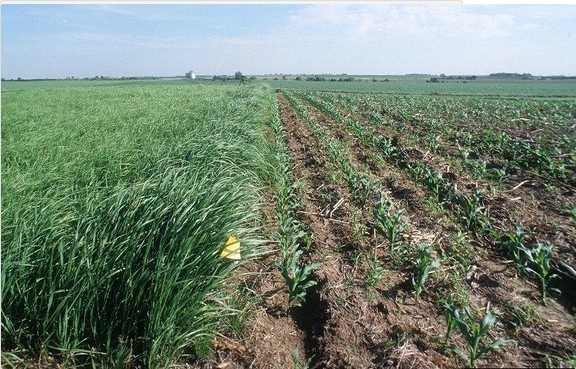
Biofuels are made from the remains of agricultural and forestry production, as well as manure and household waste and waste of industries such as food production. The main sources of various biofuel (biogas, biodiesel, bioethanol) in Denmark are wood and wood products, waste and straw. Biofuels can ensure environmental and economic benefits, provided they are carefully monitored to ensure that the resources are truly sustainable. Irresponsible use of biofuels is fraught with the danger of economic and environmental damage. The use of biofuels in Europe must be certified by the European Commission before it is registered as a sustainable resource and consumed for national purposes as a renewable energy source.
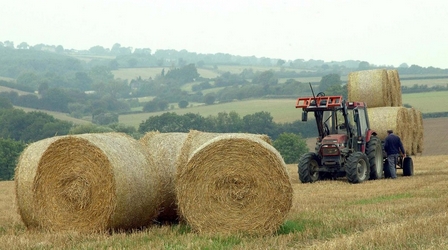
In the Netherlands, in accordance with biofuel commitments, fuel suppliers should include a minimum share of biofuels in total automotive fuel sales: it is 5.0% in 2013. They must also submit annual reports detailing the biofuels they sell in the Dutch market. Then the Dutch state body (NEa), responsible for emissions, publishes a selection of results. Since there is a significant difference in greenhouse gas (GHG) emissions of various biofuels, the actual savings in greenhouse gas emissions resulting from a biofuels commitment are largely dependent on the biofuels mix that fuel suppliers prefer to supply to correspond to the commitments.
Types of bioenergy in Denmark
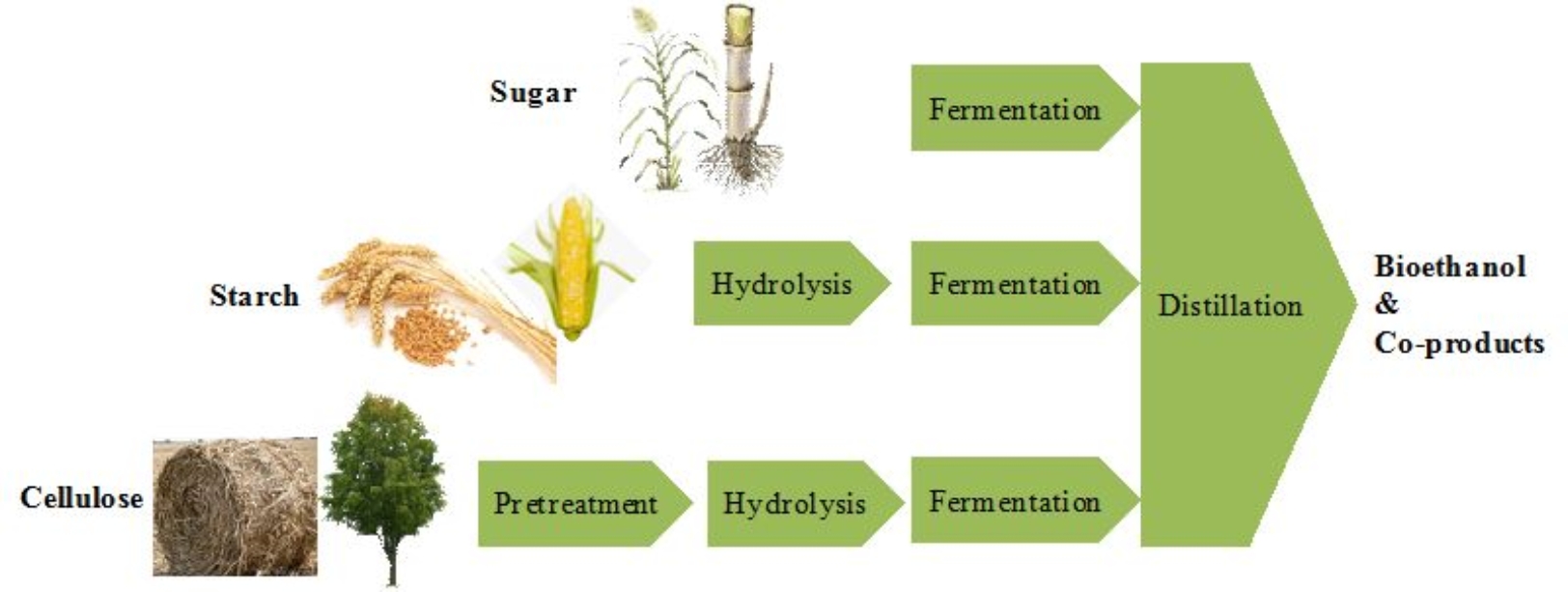
Denmark is the leader in the development of the second-generation technology for the bioethanol production (from cellulose) in close cooperation with public and private research institutes. The wastes required for production are readily available and this 2nd generation technology allows producing valuable by-products that can be used as animal feed and for the solid fuel production.
It is expected that the potential of agricultural waste, as a raw material for the production of liquid biofuels, will remain important in the future. The use of the potential in full is closely linked to existing agricultural and energy policies. Currently, for farmers, biofuel production is not attractive due to existing product price levels for other purposes and taxation of energy produced from biofuels. However, recently biofuel production has become more attractive to farmers within the framework of the EU's set-aside scheme. (To reduce the overproduction of agricultural crops, the state allocates subsidies to farmers to keep land under steam, rather than use it for agricultural production growth.).
Government biofuel strategies and policy objectives
According to the Renewable Energy Sources Act of 2009, the Danish government expects by 2020 to reach the share of 20% biomass in energy production. It will also help Denmark to increase energy capacities ensuring the energy system stability. The Danish government has established market incentives, such as preferential tariffs and premiums for biomass, biofuels and other renewable energy sources, in order to achieve its ambitious goal to become independent of fossil fuels by 2050.
At the end of 2016, the government decided to apply a norm of 0.9% advanced biofuel share in a fuel mix. According to the norm all transport fuel suppliers must add another 0.9% of the advanced biofuel (made from straw) to the previously established five percent norm of usual bioethanols in gasoline.
There was a goal set to increase the energy intensity of biogas in four times by 2020 aiming to utilize 50% of the manure available in the country.The produced gas is planned to be pumped directly to the national gas supply system or be used to generate electricity.
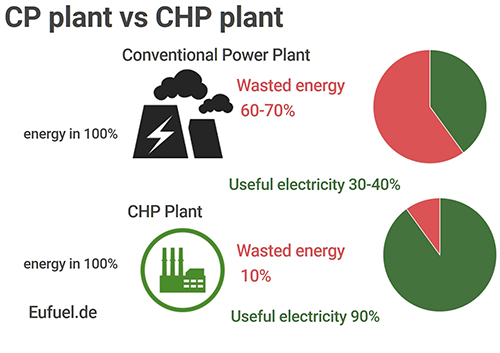
It was Denmark to become very innovative in its energy strategy and significantly increased energy efficiency through the use of combined heat and power plants (CHPP). CHPP generates electricity with simultaneous waste-heat recovery. This heat is delivered to district heating networks, and several such CHPPs operate at the level of world energy efficiency records. CHPPs in Denmark have been re-equiped to use biofuels, thus ensuring not only energy efficiency but also local markets and sources of income for local communities. Farmers can sell spent straw and biogas produced from manure, and municipal authorities can supply waste to heat and electric generators.
Denmark, a small country with 5.7 million population, is currently asked to provide its expertise to China in developing flexible fuel solutions, modernizing CHPPs and producing heat and power. The both countries have corresponding initiatives aimed at improving the satisfaction of China's huge energy needs as a global production facility.
Consumption of biofuel in Denmark
The demand for 10% of biofuel in Denmark in 2020 can be met through local agricultural crops. The ethanol production must be economically feasible to meet the demand for second-generation biofuels. A compromise between biofuels and animal husbandry is expected after 2020. Any direct and indirect changes in land use outside Denmark are possible. The share of biofuels used in transport in 2020 will not be sufficient to ensure a total renewable share of 10% by 2020. Actually, the expected 5.5% share of biofuels in 2020 combined with electrification of railways will lead to a total renewable share of 8.7%
